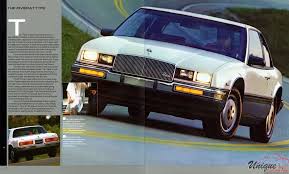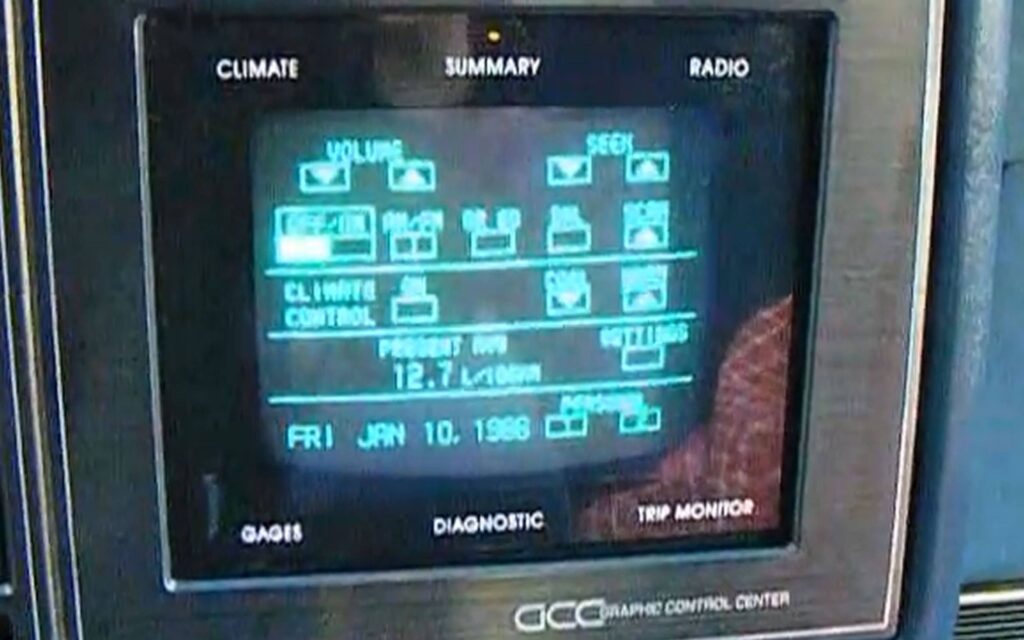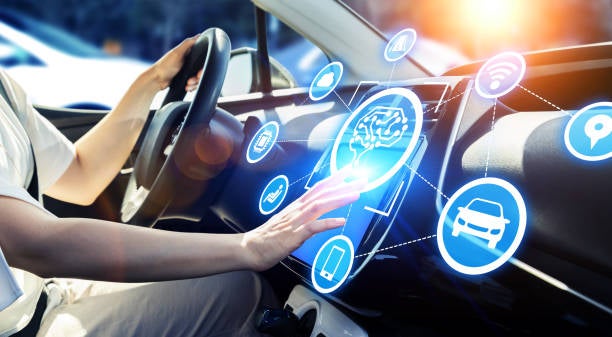There are many new options on modern cars that are useful and add value to the driving experience. New cars nowadays are also losing features that have been with them from the start.
Physical buttons are disappearing, and many people don’t like that fact.
I am one of those people.
There are many reasons why car manufacturers are doing away with physical buttons. They do seem to clutter the interior of a vehicle, as anyone with a high-end car built in the 80’s or 90’s can attest. Moving buttons to a touchscreen cleans up the interior surfaces.
There is also a cost factor. Every button needs to be designed by an engineer, put into production, placed into the parts supply chain and be wired into the system. With every moving piece added to a vehicle, the reliability factor goes down and the parts department gets a little bigger.
Buick introduced the first touchscreen technology in a production car just a year after the movie “Back to the Future” came out. The 1986 Riviera’s interior eliminated most of the buttons and knobs in favor of touchscreen that is not really that much different than today.
After the initial “wow” factor wore off, the feature was quietly dropped. The touchscreens worked just fine, but buyers never warmed up to the technology.
Much like the design of the 1934 Chrysler Airflow, the touchscreen concept was just a little too futuristic for the public to embrace.

The biggest negative of buttonless interiors is the concentration that it takes to perform functions like climate control adjustment and radio features.
With a physical button, my muscle memory can tell me about where it is. A click or detent will respond to the action telling my finger that I have pressed the button. We get acclimated to the layout and one can almost play the car like an instrument.
How many times have you absentmindedly reached over and turned down the radio without taking your eyes off the road so that you could concentrate on finding your destination better. It is a totally learned brain-motor reaction that you have learned from years of operating a car.
Muscle memory does not work with touchscreens.
Current vehicles act like a modern cell phone, with emotionless touch screens filled with pages of functions, applications, and information. We must take our eyes and attention from our driving responsibilities to make sure we are pressing in the correct area and then wait for the car’s response to make sure it is doing what we want.
At highway speed, I can cover hundreds of feet during that action, and it is a bit scary.

As I glance at my iPhone sitting on my desk, I count three buttons on it. It has a lot in common with modern vehicle controls. The major difference is I am prohibited by law from using my cell phone while driving due to the dangerous distraction it provides.
As a personal preference, I would rather have buttons. With my fingertips lacking sensitivity from decades of mechanical work and guitar playing, a touchscreen can be a handicap. Plus, buttons to me add to the look of a vehicle’s interior design and are part of the driving experience.
When Q introduced James Bond to his silver Aston Martin DB5, the various buttons, levers, and toggle switches were explained, matching functions to help a spy get through his day in the field. While the switches in my little Lexus will never control an oil slick, smoke screen, or twin machine guns in the fenders, I do think it adds to the cool factor of the car.
As for me, I will see you on the road!











